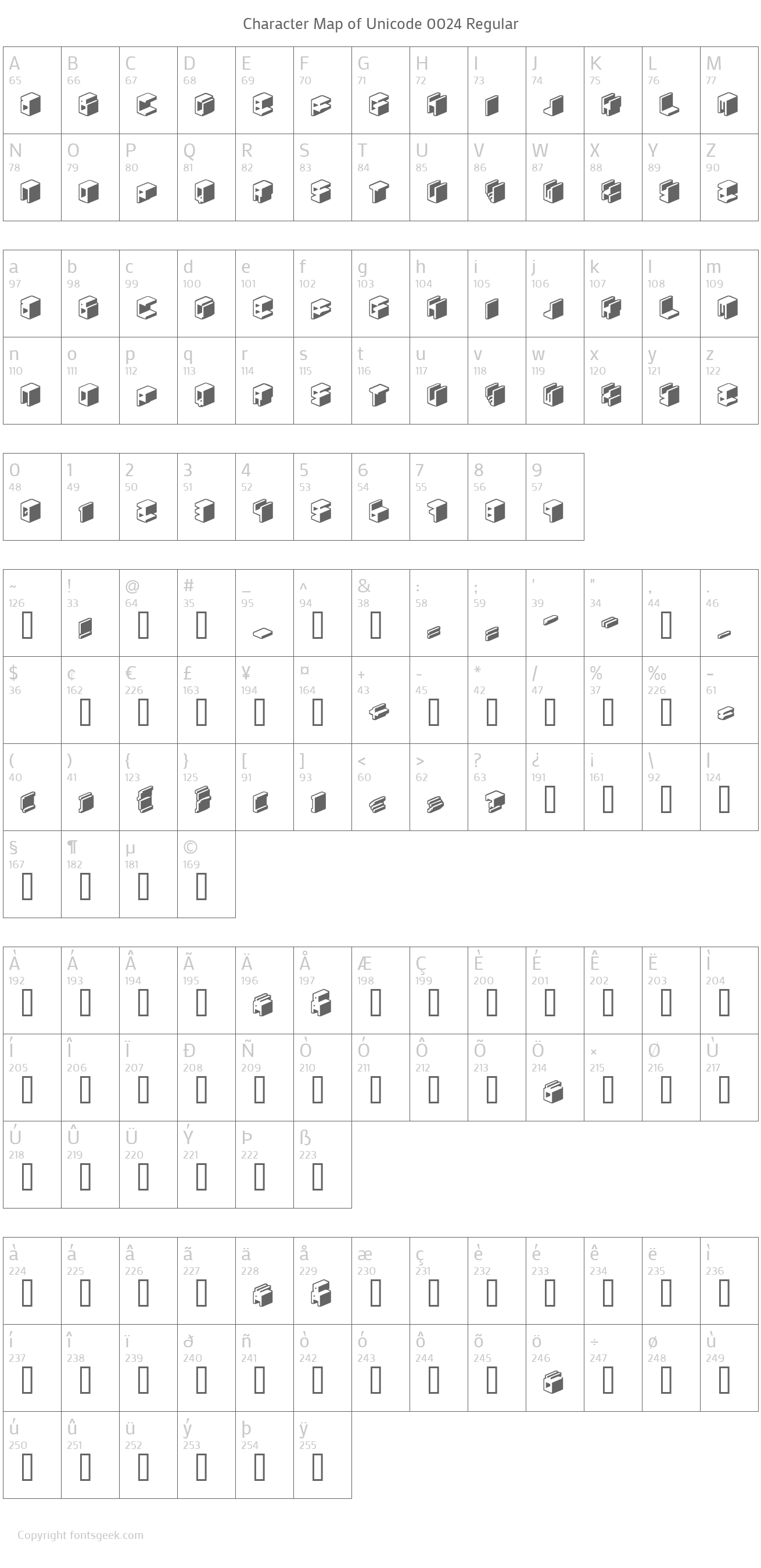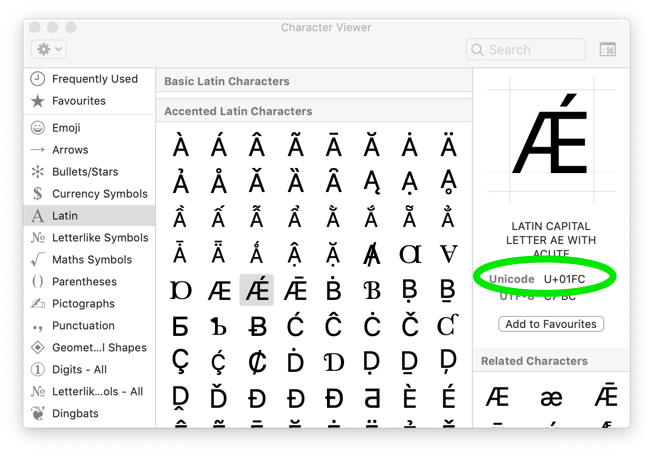
Match either a white-space character or a punctuation mark. Match one or more non-white-space characters, but as few as possible. Match the literal character "y" followed by a white-space character. For more information, see Character Class Subtraction.Ĭharacter classes that match characters by category, such as \w to match word characters or \p] is defined as follows: Pattern NET supports character class subtraction expressions, which enables you to define a set of characters as the result of excluding one character class from another character class. For more information, see Decimal Digit Character. A character in the input string can be anything other than a Unicode decimal digit. For more information, see Decimal Digit Character.Ī non-decimal digit. A character in the input string can be any of a number of characters classified as Unicode decimal digits. For more information, see Non-White-Space Character.Ī decimal digit. A character in the input string can be any character that is not a white-space character. For more information, see White-Space Character.Ī non-white-space character. A character in the input string can be any Unicode separator character, as well as any one of a number of control characters. For more information, see Non-Word Character.Ī white-space character. A character in the input string can belong to any Unicode category that is not a word character. For more information, see Word Character.Ī non-word character. A character in the input string can belong to any of the Unicode categories that are appropriate for characters in words. For more information, see Negative Unicode Category or Unicode Block.Ī word character. A character in the input string must not be a member of a particular Unicode category or must not fall within a contiguous range of Unicode characters for a match to succeed. For more information, see Unicode Category or Unicode Block.Ī negative general Unicode category or named block. A character in the input string must be a member of a particular Unicode category or must fall within a contiguous range of Unicode characters for a match to succeed. For more information, see Any Character.Ī general Unicode category or named block. (dot or period) character in a regular expression is a wildcard character that matches any character except \n. For more information, see Negative Character Group.Īny character. A character in the input string must not match one of a specified set of characters. For more information, see Positive Character Group. A character in the input string must match one of a specified set of characters. NET supports the following character classes: To get a long arrow, click on the operator button and choose the arrow with the word "yields" written over it under common operator structures.Ĭlick on the word "yields" and replace it with as many spaces as you need to create an arrow of whatever length you want.įor older versions of MS Word, go to the insert menu and click on equation, which launches the Equation Editor Program (you can also find this program on your computer by searching for eqnedt.exe), which gives you the same ability to create equations.A character class defines a set of characters, any one of which can occur in an input string for a match to succeed. You have access to a wide range of arrows from a pull down menu, but -> will give you a simple right arrow (although it is not very long). For example, underscore _ creates a subscript and a caret ^ creates a super script. Here are also shortcut commands to render most common things.
#UNICODE CARET CODE#
This method will work with any of the symbols above, substituting the appropriate code before typing ALT+X.įor MS Word 2007/2010/2013: use the equation feature, designed for math, but works okay for chemistry.Ĭlick on the equation button on the far right. If you have the Lucida Sans Unicode font available, this will type the equilibrium symbol without going to the insert symbol menu.


With the cursor at the insertion point where you want the symbol to appear, type 21cc, then press ALT and X simultaneously. Now, here is an even easier way to get the equilibrium symbol. You will see a very rich selection of specialized characters available for use in Mathematical Operators. In the font box select Lucida Sans Unicode.

When you want to insert a symbol, click on the Insert menu and choose Symbol. If you have the Lucida Sans Unicode font installed (check the font list in Word) you are in luck. If you are operating in a local version of MS Word on your PC, you can try one of these options: For Office 365 support on entering an equation in MS Word, please review this step-by-step guide:


 0 kommentar(er)
0 kommentar(er)
